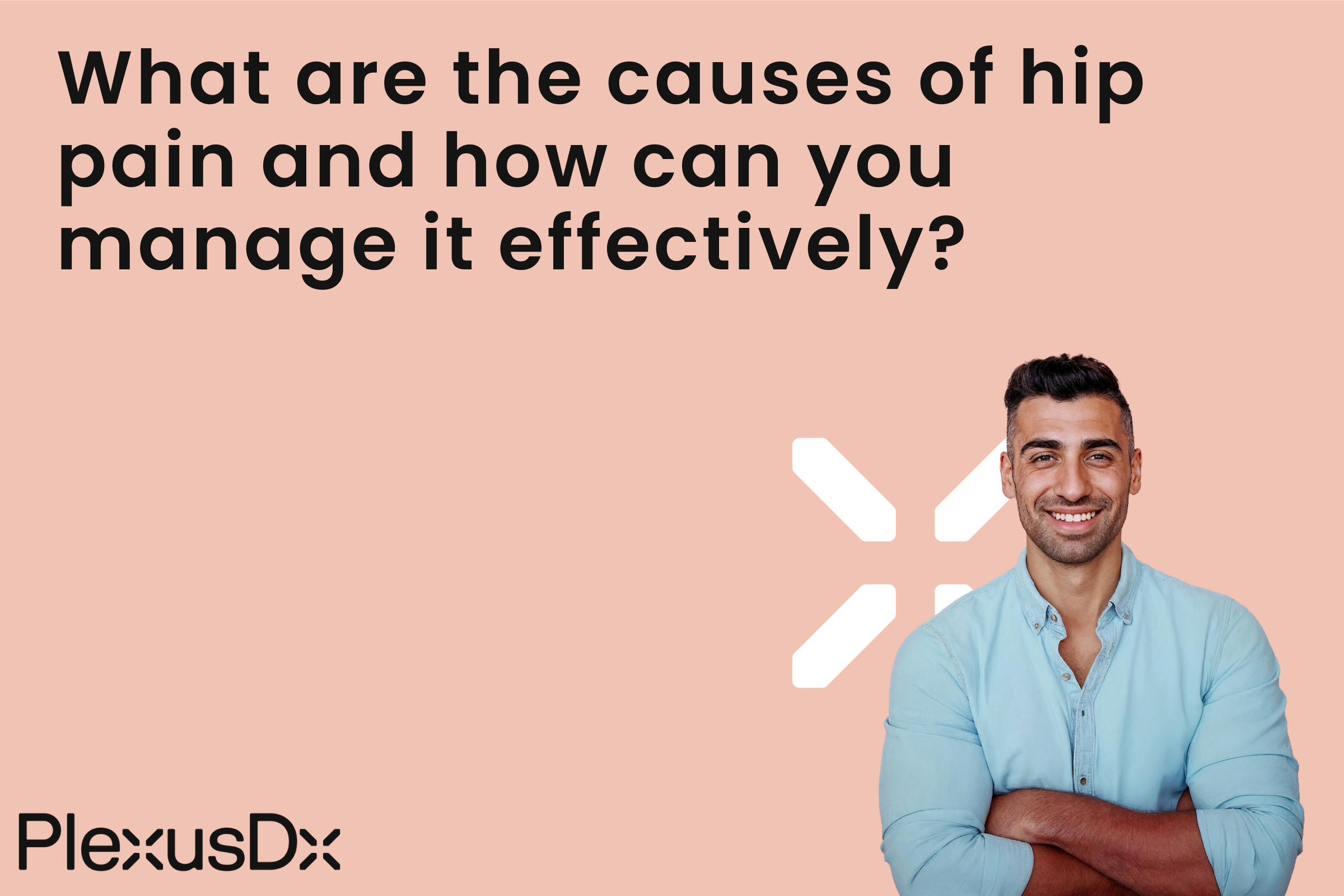Hip Pain
Hip pain emerges as a prevalent medical issue which impacts people of every age and reduces their ability to move freely along with their overall life satisfaction. Young athletes and older adults experience significant difficulties when dealing with hip pain. This blog post evaluates various causes of hip pain and differentiates between internal and external hip pain while providing valuable advice to relieve hip pain. Hip pain stems from both medical health issues and personal lifestyle behaviors. Hip pain problems occur in 10% of adults overall and impact 15% of people who are aged 60 or older. Regular participation in sports activities like soccer leads to hip pain rates ranging from 30% to 40%. The hip or groin region develops internal hip pain which can result from arthritis, fractures, sprains, or bursitis. Tendon injuries, pinched nerves, and tears in muscles or ligaments can cause external hip pain which shows up around the hip area. Inactive lifestyles and specific occupational or athletic activities combine with obesity and aging to cause hip pain alongside weak bones and poor nutrition plus inherited tendencies. A variety of sources cause hip pain so correct treatment needs to involve determining and addressing the fundamental issues to alleviate discomfort. This blog post offers practical steps for individuals with hip pain to enhance their well-being and life quality.
Stay Active:
Gentle swimming and cycling exercises serve as effective means to strengthen hip muscles while improving flexibility.
Maintain a Healthy Weight:
The additional weight on your body creates extra forces on your hips which worsens your pain symptoms. Adopting a balanced diet and participating in frequent exercise enables you to maintain healthy body weight.
Practice Good Posture:
Proper posture adoption helps decrease hip pressure while minimizing discomfort. Be mindful of your posture when you transition from sitting to standing and during walking activities.
Use Hot or Cold Therapy:
Applying heat or cold therapy to the affected area reduces inflammation while reducing pain.
Consider Physical Therapy:
Physical therapists collaborate with patients to develop personalized exercise routines that address their specific hip pain concerns. Patients managing hip pain through active treatment strategies achieve superior mobility and enhanced health status. Integrate these suggestions into your daily routine to progressively reduce discomfort as your quality of life improves.
Hip pain occurs in people of all ages and results in significant consequences for sufferers. Improving hip health requires understanding hip pain origins and distinguishing between internal and external hip pain while applying successful pain management methods. You can use Precision Health & Wellness tests from PlexusDx for help with chronic hip pain or to obtain specific information about your genetic fitness and recovery predispositions. Your genetic profile is revealed through Precision Health & Wellness tests which will assist you in understanding your health more effectively and guide you toward making informed wellness decisions. Visit PlexusDx.com or explore products offered on Amazon and Walmart to learn about managing your health. Better long-term health outcomes result from early treatment of hip pain when you prioritize your health. To maintain hip health you need to prioritize your well-being as part of your essential self-care routine. People affected by hip pain can overcome this issue through effective management strategies that allow them to regain improved mobility and enjoy richer lifestyles.

Share:
What are the genetic factors in nerve compression disorders and effective management strategies?
Can genetics influence the risk of low blood sugar and hypoglycemia?